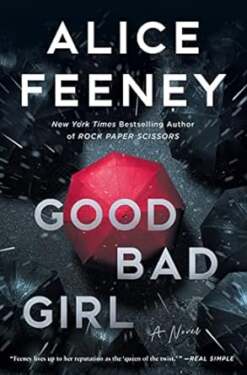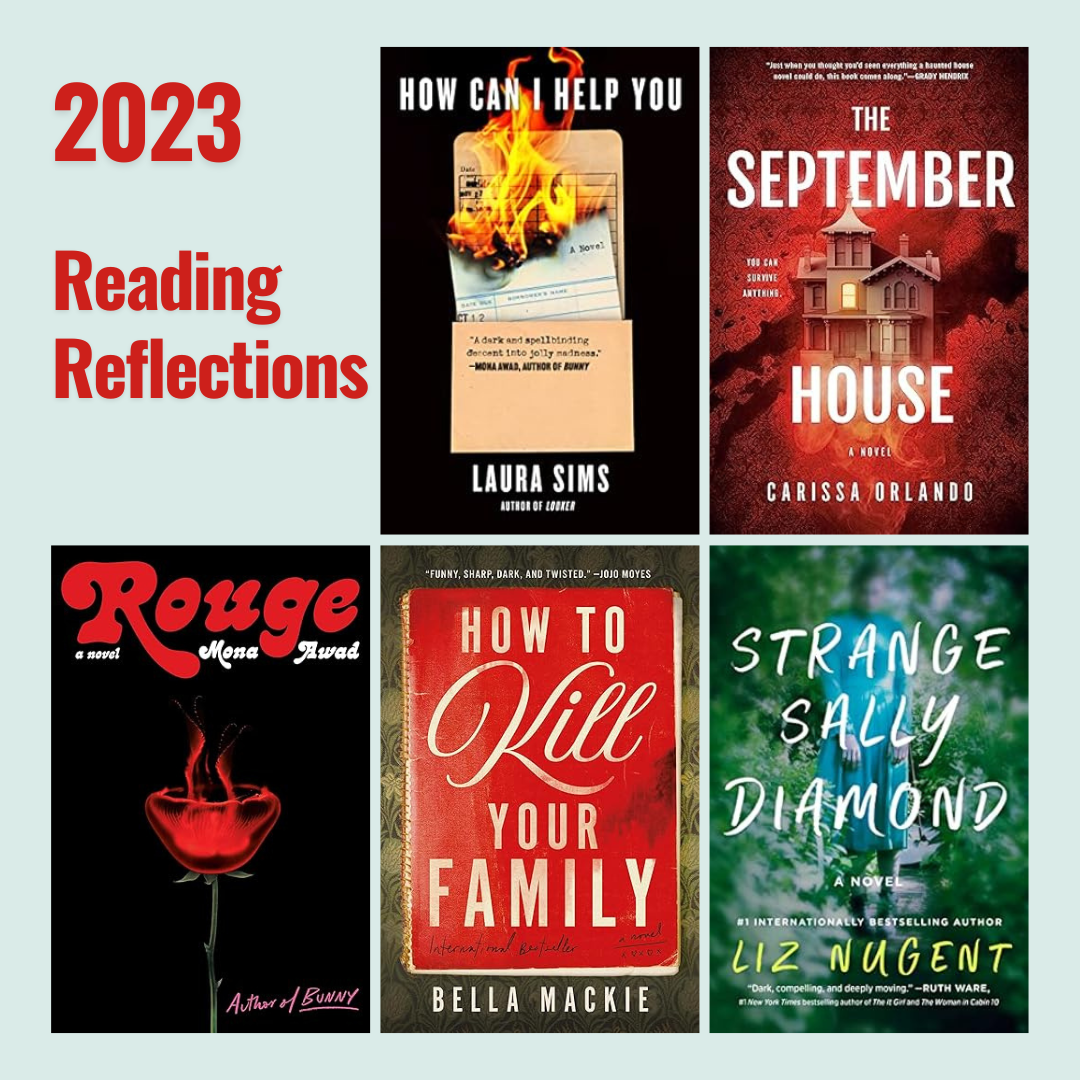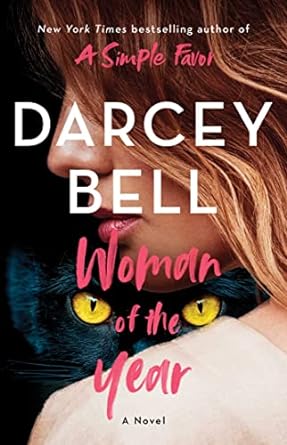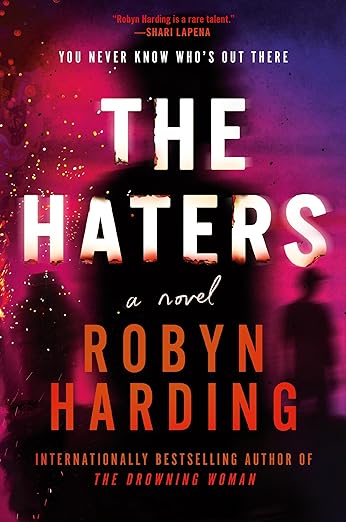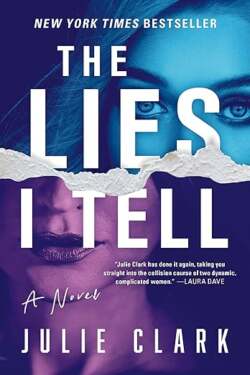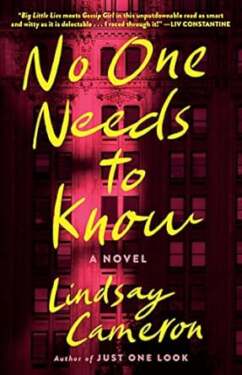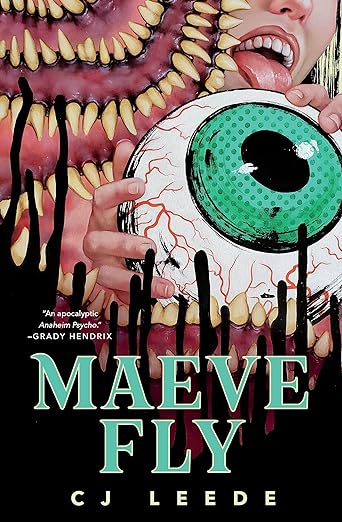Alice Feeney’s newest novel builds on the familial relationships she set up in “Daisy Darker” from 2022. In “Good Bad Girl,” Feeney turns her attention to a cast of female characters who are uniquely miserable but share an unknown connection.
“Good Bad Girl” shifts between the perspectives of Frankie Fletcher, Patience Liddell, Edith Elliot and Clio Kennedy. Feeney makes it easy to distinguish between the perspectives by having each chapter clearly labeled with the character’s name and an associated symbol.
The plot of British author Feeney’s sixth novel follows teenage cleaner Patience’s efforts to help elderly Edith escape from a care home that become increasingly complicated because of a murder and interference from other characters.
To heighten suspense and keep the pages turning, the narrative is deliberately fragmented with brief flashbacks to a Mother’s Day from 20 years ago when a baby was kidnapped in a grocery store. This is pivotal to the plot, and Feeney keeps readers guessing whose backstory is being told for most of the novel.
“Good Bad Girl” also addresses issues of class, parental regret, and the heavy burden of motherhood.
Character Analysis
Character Analysis
Patience Liddell
Frankie Fletcher
Edith Elliot
Clio Kennedy
Jude Kennedy
DCI Charlotte Chapman
Joy Bonneta
The heart of “Good Bad Girl” is its cast of likable and deeply flawed female characters. Feeney gives her central cast their own chapters with all but Patience’s written in third person.
As the only first-person narration, Patience’s chapters detail how the 5’3” 19-year-old decided to run away from the only home she’s ever known after a series of fights with her mother. She works under the table at the elite Windsor Care Home and has made friends with the irascible Edith Elliot. Like a Dickensian orphan, Patience keeps secrets and resides in an attic that she rents with unusual monthly payments.
Frankie Fletcher, a mid-30s single mother, works as a librarian in an all-women’s prison outside of London. She’s been in the same role for nearly 10 years and has recently decided to walk away from the job and take revenge on those who wronged her in the past. The only thing keeping her from fleeing London is finding her daughter.
Octogenarian Edith Elliot is forgetful, refuses to take her medications, and can be spiteful. But, the one-time store detective astutely observes everyone, including Patience, and care home manager Joy. She’s estranged from her grown children, Clio and Jude, and prefers the company of her 8-year-old half-deaf dog Dickens to most people.
Clio and Jude Kennedy are Edith’s grown children who barely tolerate each other and jointly detest their mother.
Clio, the older and in her 50s, is a therapist living in a pink house in Notting Hill who’s grieving a great loss from her past. She’s hit financial trouble and is fighting with Jude about their shared inheritance and their mother’s will.
Jude, in his mid-40s, oversees their family’s business, the Kennedy Gallery. Despite his veneer of a posh upbringing with a fake accent, stylist clothes meant for a younger man, and a noticeable spray tan, Jude lacks the talents to make the gallery a success. He’s obsessed with collecting money–even through unscrupulous means–to pay his debts and maintain his lifestyle.
With a murder at the Windsor Care Home, DCI Charlotte Chapman is dispatched to assess the situation and find the culprit. She’s aggressive with all the characters and openly accuses all of being a killer. She acts as a double for Edith, a former detective, while investigating actions now that are repercussions for those in the past.
Joy Bonetta, a lazy, money-grubber, manages the care home where Edith’s children have placed her. She treats the staff badly, is short tempered with residents, and is unwilling to cooperate with Clio about payments for her mother’s stay. She’s the personification of villainy in the story.
Final Thoughts
“Good Bad Girl” gives readers a fast, entertaining, and largely unfulfilling mystery. It attempts to call attention to the stresses of mothers and daughters navigating their relationships but fails to truly evoke any emotion with so many points of view and a plot brimming with established tropes done better in other novels.
Feeney’s writing and the book’s beautiful design enhance the reading experience, but “Good Bad Girl” remains a mediocre mystery in the author’s published works. Because of her previous novels “Daisy Darker” and “Rock, Paper, Scissors,” the new novel feels especially disappointing.
Rating
My rating is 3 stars out of five.
Book Details
Title: “Good Bad Girl”
Author: Alice Feeney
Year of Publication: 2023
Number of Pages: 304
Read the “Daisy Darker” review for another take on Alice Feeney’s work.


